
Misplaced priorities
Pakistan’s malnutrition emergency
Nation loses $7.6 billion per annum in cumulative impact
When ‘flagship projects’ are executed at the cost of human development, hunger often stalks citizens.
With general elections around the corner, politicos have precious little to show when it comes to people’s nutritional status. Most political parties remain oblivious to the formidable challenge confronting the nation and imperilling future generations. Token measures to tackle the health emergency have only been introduced by the Pakistan Muslim League-Nawaz (PML-N) and the Pakistan Peoples Party (PPP).
By and large, nutrition remained a neglected area of development barring provincial interventional programmes for severely-malnourished women and children. In a first, the Punjab introduced a province-wide programme to remedy acute malnutrition among women and children. Similar initiatives across other provinces remained limited to selected districts.
Federal
The PML-N government failed to secure parliamentary approval for declaring right to food a fundamental right as pledged in its manifesto. No direct funding to combat child malnutrition was provided either till the announcement of Rs10 billion in its last budget for the Stunting Prevention Programme.
A nutrition programme languished on paper with its PC-1 remaining pending for Planning Commission approval over two years. Rs200 million allocated for nutritional interventions across federal areas in 2016 remained unspent with the project failing to secure Planning Commission approval too.
2011 National Nutrition Survey, latest to be conducted, revealed high rates of micronutrient deficiencies among women and children.
The Nutrition Wing of the Ministry of National Health Services and Regulations continued some programmes to treat malnutrition among the most vulnerable in collaboration with provincial departments of health, UN agencies and nongovernmental organisations. The wing also continued to develop policy guidelines, strategies, standards and legislation to guide provinces on nutrition programme aspects. In a first, the government recently launched a multi-sectoral national nutrition strategy to significantly reduce malnutrition over eight years. A comprehensive food security policy aimed at eradicating hunger, malnutrition and improving food availability by plugging yield gaps, supporting kitchen gardening and promoting farming of high-value crops has also been formulated.
In 2016, the government launched a food fortification programme with an expanded scope to reduce iron, zinc, folic acid, vitamin D and A deficiency by increasing wheat flour and edible oil micronutrient content. Launched in September, by the aforementioned ministry in collaboration with the support of UK’s Department for International Development, Mott MacDonald and Nutrition International, the programme was supposed to target over 1,000 flour and 100 oil mills over five years in phases. So far, its scope is limited to nearly 90 flour mills across Islamabad, Rawalpindi and Lahore. Oil fortification coverage, however, stands at 50% of total production. Experts fear the programme may not achieve targets over its stipulated five-year timeframe like a similar 2006-07 initiative.
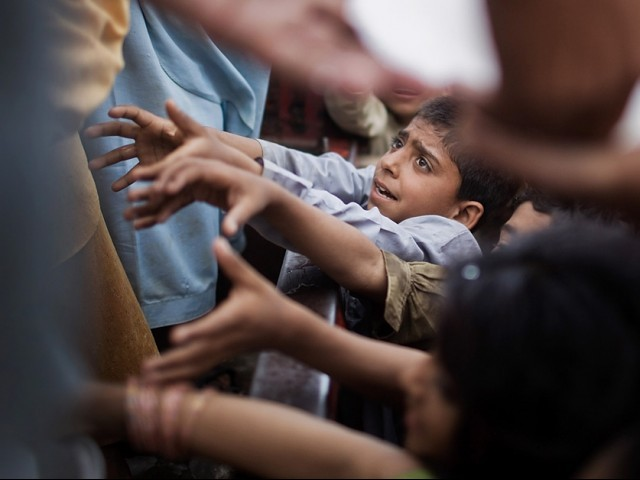
Punjab
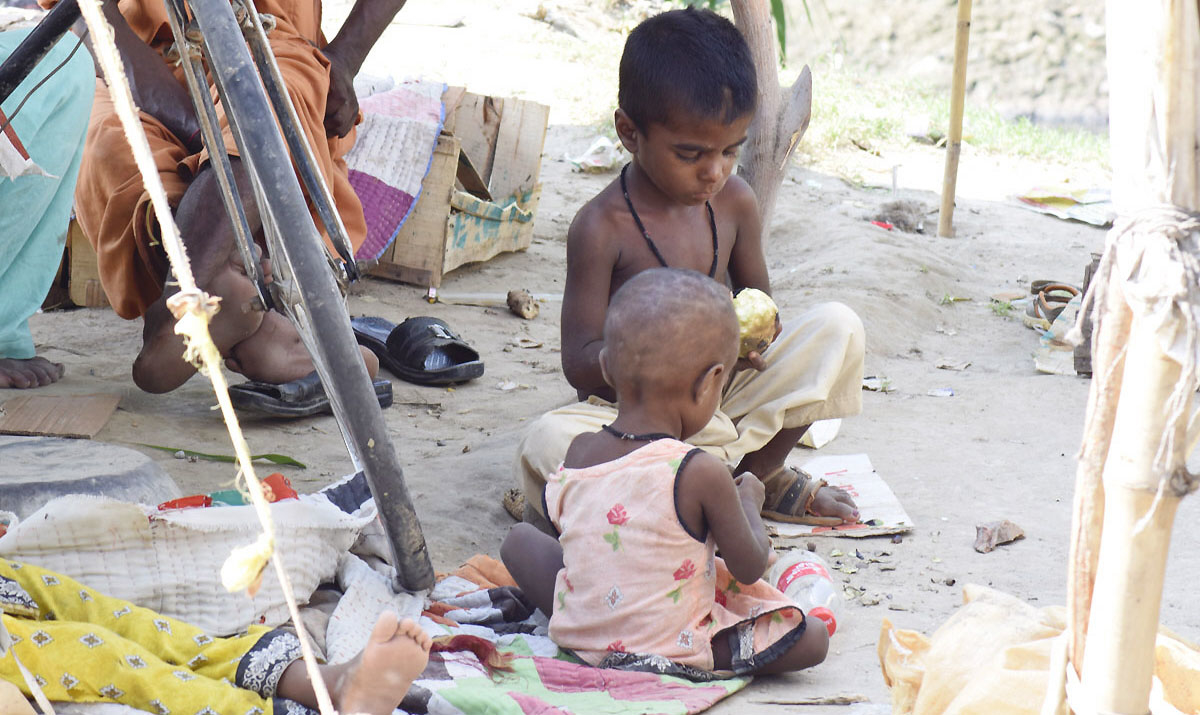
The Punjab outranks other provinces when it comes to improved nutritional status. The province-wide Integrated, Reproductive Maternal, Newborn Child Health (IRMNCH) and Nutrition Programme enables malnourished children to be screened, administered therapeutic food and have their growth monitored. The Punjab is also the only province where adequate resources have been allocated on this account with the IRMNCH and Nutrition Programme budget standing at around Rs13 billion.
The Chief Minister’s Stunting Programme for 11 South Punjab districts, however, is in limbo courtesy red tape. The programme, which also incorporates a water, sanitation and hygiene (WASH) regime, is expected to kick-off in July, 2018 with a Rs9 billion-budget.
A 2013 United Nations Children’s Fund (UNICEF) report on the survey data placed Pakistan among 21 countries with high prevalence of great stunting. With 44% children aged five and under with stunting, Pakistan ranks third-highest in the world.
The Chief Minister’s Stunting Programme for 11 South Punjab districts, however, is in limbo courtesy red tape. The programme, which also incorporates a water, sanitation and hygiene (WASH) regime, is expected to kick-off in July, 2018 with a Rs9 billion-budget.
Sindh
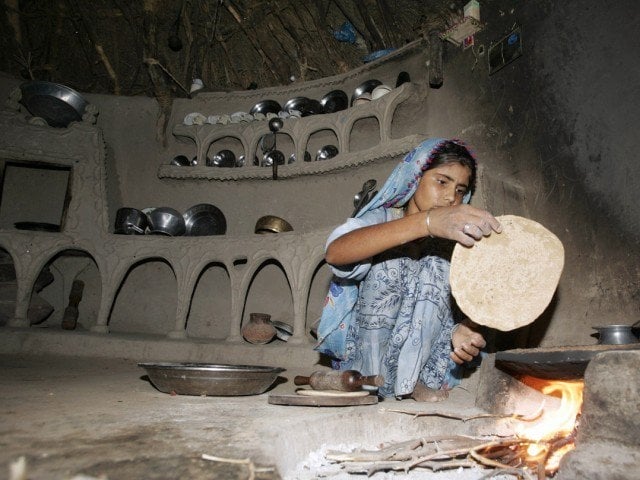
The government’s Rs4.5 billion-Nutrition Support Programme (NSP), similar to the Punjab’s IRMNCH and Nutrition Programme, covers nine districts. Another multi-sectoral Accelerated Action Plan (AAP) covering all nutrition-specific interventions as envisaged in the NSP is slated to cover the entire province. The 2017 initiative includes interventions for water hygiene and sanitation, social protection and education. The NSP will be merged with the AAP in 2019.
The European Union-funded Programme for Improved Nutrition (PINS) in Sindh addresses malnutrition through nutrition-specific and nutrition-sensitive interventions across three districts. The programme’s reach will be enlarged to encompass another 10 districts to complement the AAP.
Khyber-Pakhtunkhwa
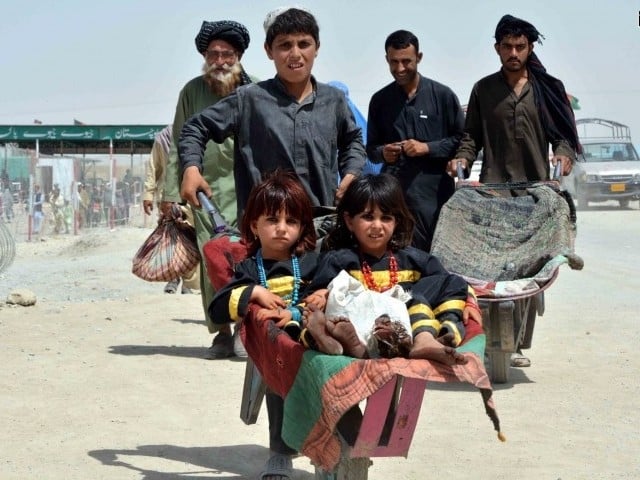
The K-P government imposed a malnutrition health emergency in November, 2016. Issuing a notification in this regard, the Health Department was directed to quickly overcome the challenge.
The Pakistan Tehreek-e-Insaf (PTI) remains the only mainstream party that highlighted maternal and child health issues in relation to malnutrition across public gatherings. In its five years in power, however, the PTI could only introduce a barely-functioning Integrated Reproductive, Maternal, Newborn, Child Health and Nutrition Programme for the severely malnourished.
The 2011 National Nutrition Survey stated women of all ages, pregnant (49% moderately anaemic) or not (50.4%) were anaemic.
Of the initiative’s Rs14 billion-budget, Australia’s Department of Foreign Affairs and Trade (DFAT) provides Rs1.6 billion. The scope of the programme remained limited to only two districts till most of 2018. Another seven districts were covered later in the year. A planned Rs796 million-multi-sectoral Stunting Prevention Rehabilitation Integrated Nutrition Gain (SPRING) remains in the pipeline.
Balochistan
Political uncertainty continues to mar implementation of whatever little health ‘planning’ is done in Balochistan, officials said. Constant political interference and frequent transfers and postings are also been blamed for poor service delivery.
Only one programme, the Balochistan Nutrition Programme for Mothers and Children (BNPMC), is being run across seven districts to address acute malnutrition among children, pregnant and lactating women. Nearly 150 outpatient therapeutic programme sites have been established under the Rs1.5 billion-initiative. Over 29,000 women and 57,000 children aged five and under have been screened.
A project concept (PC-1) revision is being undertaken to ensure the programme continues to function. Help from the federal government on expanding the programme province-wide is expected.
Opportunity lost
The findings of the aforementioned 2011 survey did little to save the situation on part of the federal government. Following the conclusion of the survey, the United Kingdom’s Department for International Development (DFID) offered to help introduce a nutrition programme subject to government commitment. Sources said the UK offered £46 million provided the federal government matched the government. Poor interest and red tape ensured work on a PC-1 of the programme was not initiated. The offer was consequently retracted.
Counting the cost
The cumulative impact of lost manpower hours, healthcare expenses, and lower productivity due to malnutrition in Pakistan stands at $7.6 billion per annum, according to a March, 2017 report on the subject. Pakistan has allocated $1.8 per capita and 0.69% of general government expenditure (GGE) for nutrition-sensitive programmes, less than estimated average budget allocation by 30 countries - $4.4 per capita and 1.7% of GGE. Pakistan’s budgeted allocation for such programmes is less than Bangladesh ($3.16 per capita, 2.1% of GGE) or Nepal ($4.02 per capita and 3.1% of GGE), according to a MQSUN DFID-UK report.
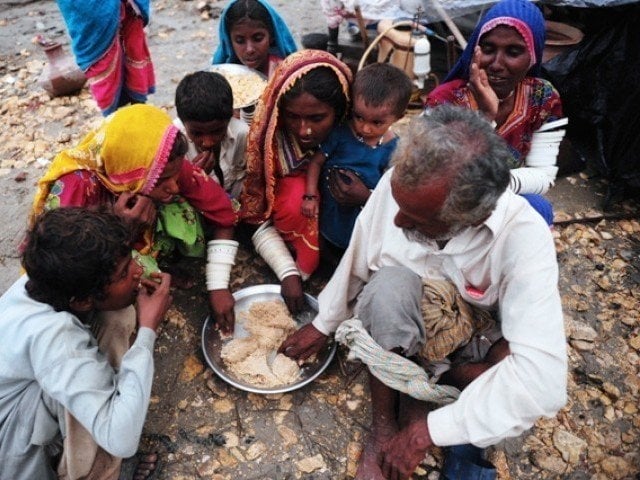
In 2015, the government and foreign donors spent $49.3 million on World Health Assembly (WHA) nutrition targets. Of the funds, $12.1 million came from the former and $37.2 million from foreign donors. The foreign funding supported interventions for anaemia, exclusive breastfeeding, stunting and wasting.
According to the the 2011 National Nutrition Survey more than 10 million children under five suffered from malnutrition. A total of 63% were anaemic, 54% were vitamin A and 40% were vitamin D deficient.
Sustained political will is the need of the hour, according to experts. They emphasised the need for heavy public funding on nutrition over 25 years at least to address the health emergency. Scaling-up Nutrition Civil Society Alliance Pakistan Programme Manager Irshad Danish said government spending on nutrition should be ramped-up by 10%. Parliamentary oversight over work being done is also needed, he said.
Ramifications
It is common knowledge that malnutrition is a major contributing factor to child mortality, disease and disability. While immediate risk of mortality is alleviated when a child recovers from stunting or wasting, the unfortunate remain at greater risk of morbidity. Prevalence of wasting and stunting is correlated to decreased IQ in children. This is directly associated with decreased educational attainment and economic achievement in addition to negatively impacting children’s physical development.
Poor nutrition over the first 1,000 days post birth can have irreversible consequences. Millions are left stunted, shorter than adequately-nourished peers. In school, they often fall behind. With adulthood comes a greater probability of contracting non-communicable disease and obesity. Across workplaces, the stunted often earn less than other peers.
A 2016 study on nutrition in urban Pakistan by the World Food Programme stated nearly 98% children aged five and under have at least one micronutrient deficiency.
Ministry of National Health Services and Regulations Nutrition Director Baseer Achakzai said the situation was pressing. Not much had been done to remedy the challenge, he said. ‘Malnutrition has deprived many children of potential. They will find it hard to enter the professions due to poor IQ. Malnourished girls who go on to become mothers are at great risk of delivering stillborn babies.’
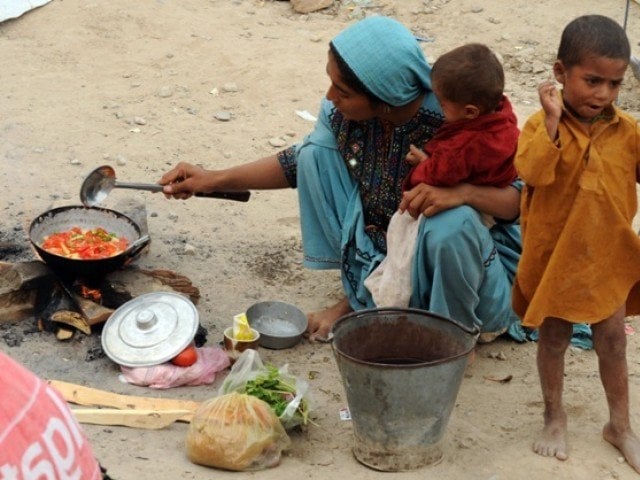
Achakzai, however, expressed hope that some of the work undertaken at the provincial level would bear fruit. He also claimed the results of an underway nutrition survey would be better. “Stunting will decline from 44% to 40%.”
Global Alliance for Improved Nutrition country director Qaiser Pasha told The Express Tribune that while some welcome initiatives had been taken over the last three years, impact would not reflect in the survey underway. "It will take a decade or so," he said.
Health is a provincial responsibility now. The role of the federal government is limited to formulating policy and extending technical support. This, it has done a remarkable job at. Budgetary allocations for the provinces were made. Food fortification equipment was exempted from tax. Sustained effort, he said, was required on part of provincial governments to deliver. "Political upheaval should not impede this."
Story: Asma Ghani